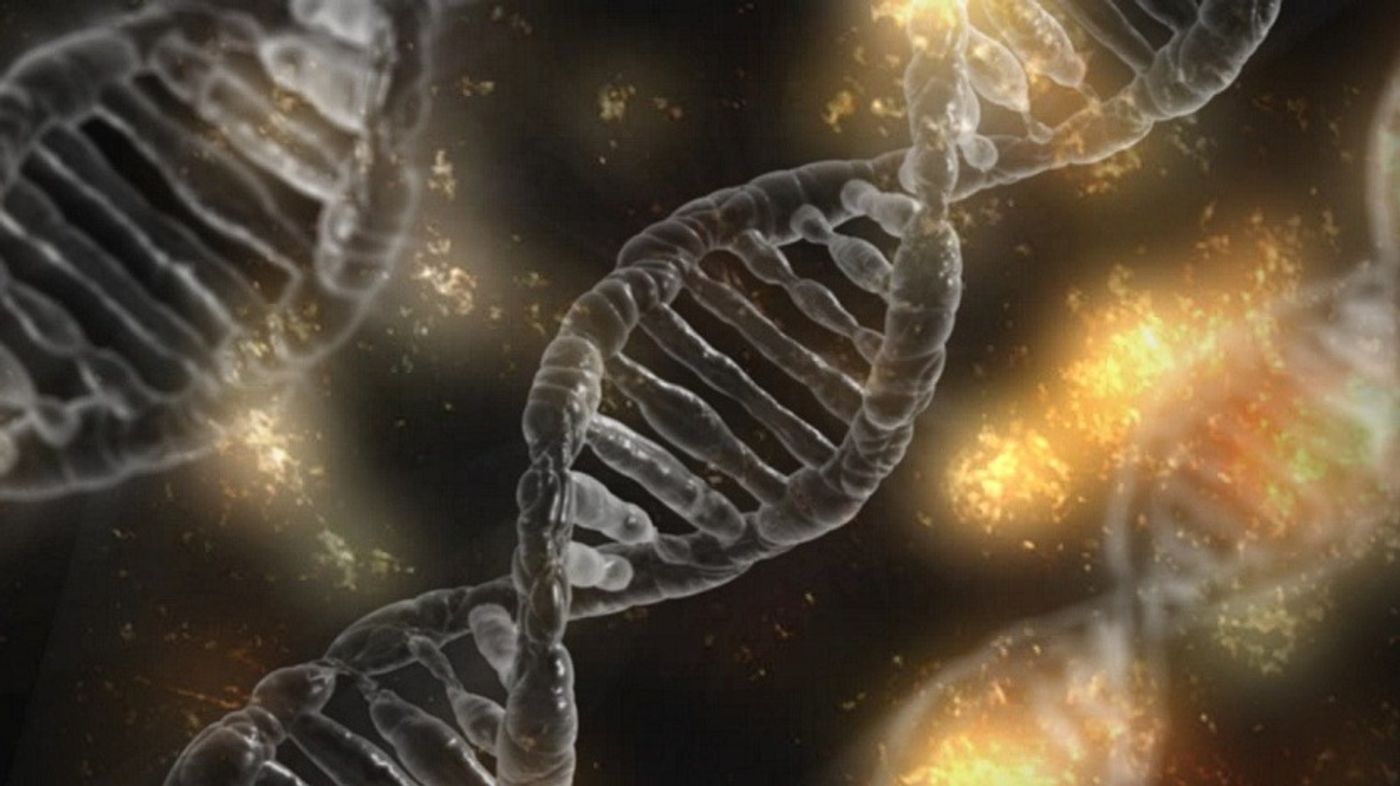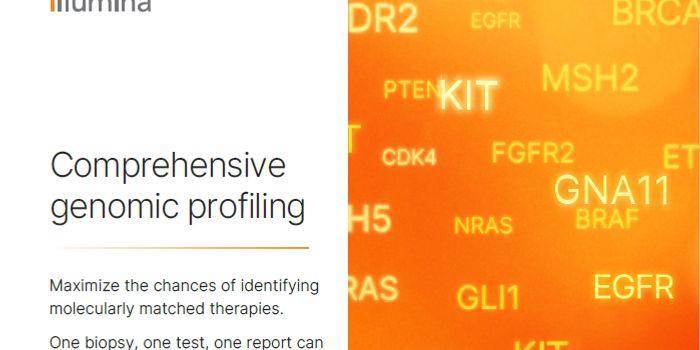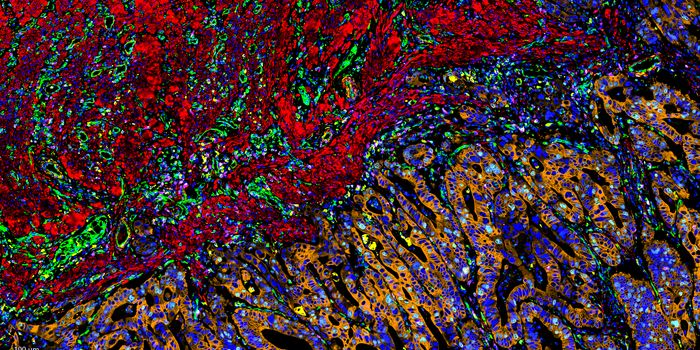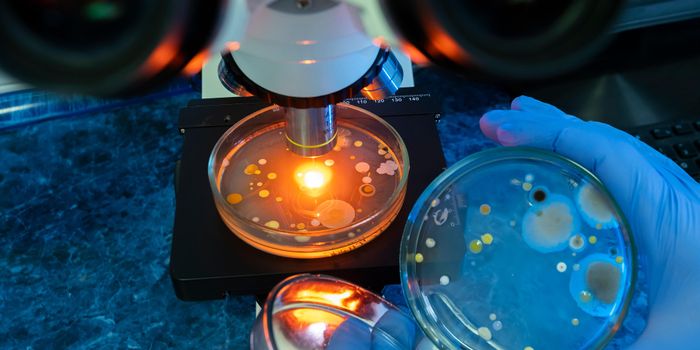Using CRISPR-Cas12a to Repair Hereditary Cancers in the Lab
Genome repair is one of the big-ticket research areas for the future of medicine. CRISPR-Cas9 systems can edit the genome in the lab, but a new study from Fukushima Medical University in Japan shows that Cas12a, not Cas 9, may prove to be a better tool for the future of the field.
The use of CRISPR systems in gene editing was a breakthrough many had been waiting for. Engineered from a bacterial defense mechanism against viruses, this system is used to target a specific genome location and edit it. Unfortunately, many current CRISPR systems suffer from issues like leaving scars or not being accurate enough. This new study sought to use the CRISPER-Cas12a system to repair point mutations in multiple endocrine neoplasia type 2B (MEN2B) and dystrophic epidermolysis bullosa (DEB).
The main differences between Cas9 and Cas12a are in Cas12a’s target recognition and DNA cutting method. Cas12a leaves “overhangs” when it cuts the DNA, while Cas9 leaves “blunt ends.” Blunt ends are much harder to repair, while overhangs are much easier and quicker. Cas12a also has improved target recognition, which improves the speed and accuracy of the system.
The team’s goal was to use this system to target and repair the single nucleotide mutations in both MEN2B and DEB. MEN2B, a type of inherited cancer, is characterized by a single mutation (M918T) in the RET gene, while DEB by a mutation in the COL7A1 gene. The team would design a targeted CRISPR-Cas12a that would replace the area with the point mutation with the correct DNA. The repaired sequence would have a harmless marker mutation so that the team could confirm it worked.
This system successfully produced a scarless repair to both disease models, with fewer steps than its closest competitor. The team did note that there were false positives with their marker system but used several types of testing to ensure their data accuracy.
They termed this CRISPR-Cas12a method “One-SHOT,” for its ability to target single mutations. The study supported its superior speed and efficiency in scarless repairs compared to its competitors. One should note that the repair rate was fairly low at 1%-7.5%, but the team still achieved its primary objective of creating a precise and accurate gene-editing method.
The study concludes, “The One-SHOT procedure developed in this study is simple, fast, low-cost, efficient, and broadly applicable to genome-editing applications in basic biological and biomedical research. We anticipate that One- SHOT will become a powerful procedure for generating isogenic cells from disease-specific iPSCs and for repairing genomic mutations in somatic cells, germ-line stem cells, and iPSCs.”
Sources: Nature Scientific Reports, Integrated DNA Technologies









